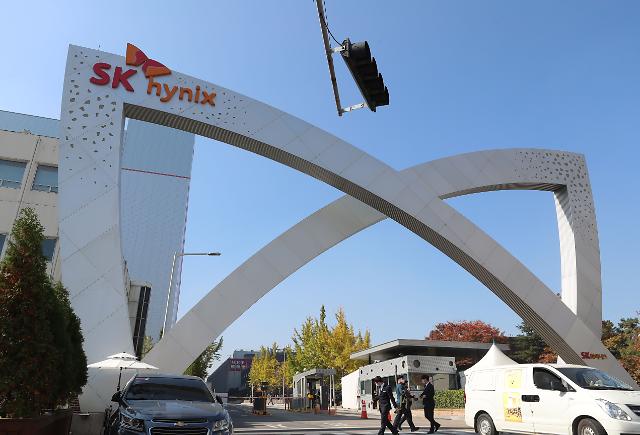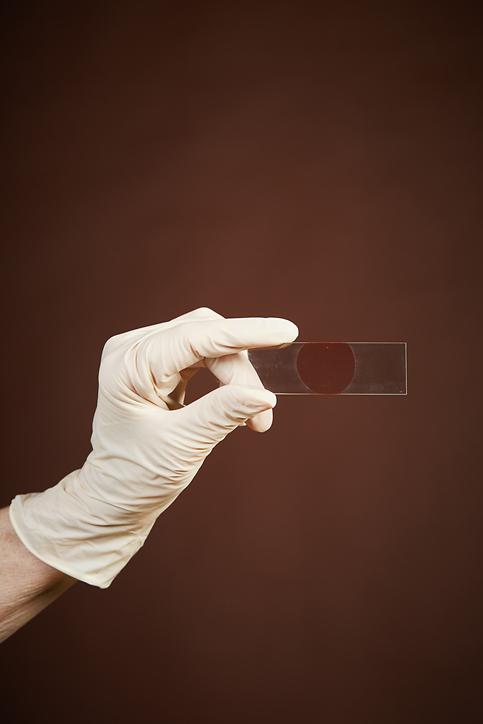
[Courtesy of SK hynix]
SEOUL -- Based on a rosy outlook that the Fourth Industrial Revolution would dramatically boost the storage capacity of data centers, SK hynix vowed to more than triple NAND sales within five years and become a top memory producer in the global market, through the acquisition of Intel's NAND memory and storage businesses for $9 billion.
"With the acquisition of Intel's NAND division, we will secure NAND's self-sustaining business capacity within the next three years and more than triple NAND sales within five years," SK hynix CEO Lee Seok-hee said in a conference call. "We will be recognized as a top memory player by acquiring Intel NAND."
SK hynix said that its third-quarter net profit stood at 1.07 trillion won (941 million), up 117.5 percent from a year earlier. Operating profit soared from 472.6 billion won to 1.29 trillion won while sales rose 18.9 percent on-year to 8.12 trillion won. The increase was attributed to a base effect.
NAND flash memory is a type of nonvolatile storage technology that does not require power to retain data. NAND flash saves data as blocks and relies on electric circuits to store data. New developments in NAND flash memory technology make chips smaller and lower voltage demands.
For decades, the semiconductor industry has been highly cyclical. Demand was mainly driven by the personal computer market throughout the 1980s and 1990s and smartphones later on. Experts predict a different cycle, citing the broadened usage of highly efficient chips to meet the needs of a new industry.
Lee said the NAND industry has reached a new turning point due to the Fourth Industrial Revolution that would dramatically increase the storage capacity of data centers. He has defended the deal with Intel it as an inevitable decision to build a portfolio of high value-added products, saying SK hynix can optimize its business structure to solidify DRAM and NAND businesses while expanding non-memory fields such as image sensors and foundry.




